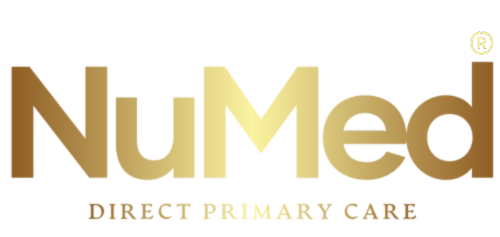Body composition is a critical component of overall health and wellness, as it can significantly impact your physical and metabolic functions. Among various aspects of body composition, maintaining muscle mass stands out as a key factor — serving as a cornerstone for strength, health, and longevity. In this discussion, we will delve into the rationale behind prioritizing muscle mass in your health regime, particularly as it relates to metabolism, structural integrity, and physiological resilience.
Section 1: Benefits of Maintaining Muscle Mass
Lean muscle mass is not just about aesthetics; it’s intrinsically linked to a myriad of health benefits:
- Metabolic Enhancement: Adequate muscle tissue elevates resting metabolic rate, facilitating more efficient energy expenditure and aiding in weight management.
- Strength & Function: Robust musculature is fundamental for daily tasks, improving physical capabilities and reducing the risk of falls, especially in the aging demographic.
- Bone Health: Muscle mass exerts a protective effect on bone density by exerting stress on bones during activity, thus playing a vital role in the prevention of osteoporosis.
- Metabolic Health: Proper muscle function helps regulate insulin sensitivity, an essential factor in preventing diabetes and managing blood sugar levels.
Section 2: Muscle Mass and Aging
Sarcopenia — the age-related loss of muscle mass and function — poses significant health risks as we age, but can often be mitigated through lifestyle interventions:
- Preventing Sarcopenia: Key strategies involve resistance training and ensuring adequate protein synthesis through nutrition to counteract degenerative muscle loss.
- Impact of Exercise: Regular resistance training stimulates muscle protein turnover, prompting the maintenance and development of muscle tissue, crucial for aging populations.
Section 3: Maintaining Muscle Mass through Exercise
To build and preserve muscle mass, exercise is non-negotiable. Various forms of exercise play differential roles in musculoskeletal health:
- Exercise Modalities: Resistance, isometric, and plyometric exercises are effective means for developing muscle mass.
- Progressive Overload Principle: Gradually increasing the stress on the musculature is imperative for ongoing strength adaptations and hypertrophy.
- Integrating Strength Training: A balanced fitness routine incorporates consistent strength training sessions, tailored to one’s individual capacity and objectives.
Section 4: Nutrition and Muscle Mass
Adequate nutrition is paramount for sustaining muscle health. Key nutritional considerations include:
- Protein Intake: Quantitative and qualitative aspects of dietary protein are fundamental for promoting muscle anabolism.
- Micronutrient Sufficiency: Vitamins and minerals, such as vitamin D and magnesium, are pertinent to muscle and nerve function, while hydration is vital for optimal cellular operations.
- Diet Quality: Whole foods with a low glycemic index supporting muscle mass should be emphasized to offset catabolic processes.
Section 5: Lifestyle Factors and Muscle Mass
Muscle health transcends exercise and nutrition, with several lifestyle factors playing a contributive role:
- Rest and Recovery: Adequate sleep and rest are essential for muscle recovery and growth, fostering the anabolic state required for muscle repair.
- Stress Modulation: Chronic stress, through the elevation of cortisol, can be detrimental to muscle preservation. Stress management techniques can alleviate this catabolic effect.
- Active Living: Combating sedentary tendencies with regular movement throughout the day supports muscle tone and systemic health.
Conclusion
Heightened muscle mass is more than just a physical attribute — it’s a barometer of health that extends beyond the gym to influence metabolic processes, functional autonomy, and disease prevention. We encourage you to embrace a multifaceted approach to muscle mass maintenance, integrating fitness, nutrition, and mindful lifestyle practices to ensure healthspan parallels lifespan.
As we have explored here, supported by robust scientific literature, such as findings published in the American Journal of Clinical Nutrition and the Journal of Aging and Physical Activity, the preservation of muscle mass yields far-reaching benefits. It is our collective responsibility, within the health and wellness sphere, to advocate for and facilitate the integration of muscle health advocacy into personal health regimes.
Muscle Mass Maintenance is not a fleeting trend but rather a substantive goal rooted in lifestyle medicine — an objective all should aspire to achieve for long-term health and vitality.
Contact us to learn more!
















